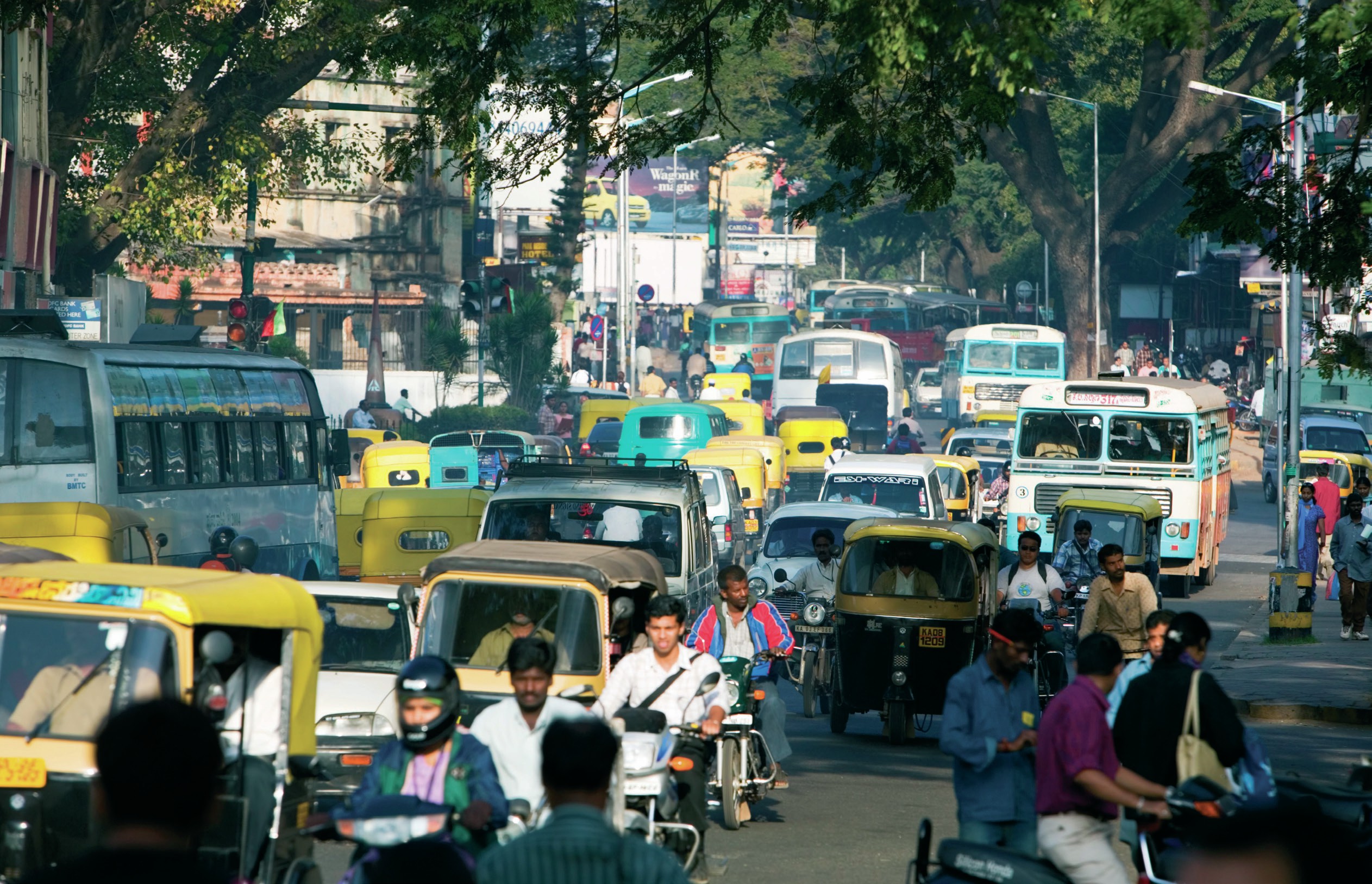
Bangalore, or Bengaluru as it is also known, is located on India’s Deccan plateau 1,000 metres above sea level. It was under British rule from the beginning of the nineteeth century, which encouraged development of roads and railways and helped Bangalore to become a centre for agriculture and later a manufacturing and service centre. It is the capital of Karnataka (Figure 1), and one of India’s fastest-growing cities with a population exceeding 11.5 million (2016).
Bangalore is the third-largest city in India and has more than doubled in size since 2001. It is part of a larger pattern of the urban growth spreading across India, which is likely to lead to 300 million people moving to cities over the next 14 years.
Your organisation does not have access to this article.
Sign up today to give your students the edge they need to achieve their best grades with subject expertise
Subscribe




